Cockatoo dwarf cichlid - Apistogramma cacatuoides
Scientific name: Apistogramma cacatuoides
Common name: Cockatoo dwarf cichlid
Family: Cichlidae
Usual size in fish tanks: 5 - 9 cm (1.97 - 3.54 inch)
014
Recommended pH range: 6 - 7
Recommended water hardness: 4 - 18°N (71.43 - 321.43ppm)
0°C 32°F30°C 86°F
Recommended temperature range: 24 - 28 °C (75.2 - 82.4°F)
The way how these fish reproduce: Spawning
Where the species comes from: South America
Temperament to its own species: peaceful to males
Temperament toward other fish species: peaceful
Usual place in the tank: Middle levels
Food and Feeding
The Cockatoo Dwarf Cichlid (Apistogramma cacatuoides) is omnivorous and accepts a wide range of foods. In the wild, they feed on small invertebrates, insects, and plant matter. In captivity, they thrive on a varied diet that includes high-quality flake or pellet foods, supplemented with frozen or live foods such as bloodworms, brine shrimp, and daphnia. To keep them healthy and showcase their vibrant colors, it’s essential to provide a balanced diet. Offering occasional treats like live insects or larvae can help mimic their natural feeding habits and provide enrichment.
Sexing
Sexing Cockatoo Dwarf Cichlids is relatively easy due to the pronounced differences between males and females. Males are known for their elaborate, elongated fins and vibrant colors, which may include shades of red, orange, and blue. Their tail and dorsal fins often feature striking patterns. In contrast, females have a duller appearance, with more muted colors like yellow or brown and smaller, less ornate fins. These physical distinctions become more noticeable as the fish mature.
Breeding
Breeding Cockatoo Dwarf Cichlids in captivity is generally straightforward, especially with the right tank setup and conditions. They are egg layers, and a healthy female will lay around 50 eggs in a single spawning. Breeding is usually triggered by providing stable water conditions and a diet rich in protein. When ready to breed, both the male and female will display vibrant coloration to attract each other.
The female typically chooses a secluded location such as a cave or a hidden spot beneath plants to lay her eggs. Once laid, the female takes responsibility for guarding and caring for the eggs while the male defends the broader territory. These cichlids are known for their excellent parenting skills, protecting their fry fiercely from potential predators. The eggs hatch within 3-4 days, and the fry become free-swimming after about a week.
Lifespan
The typical lifespan of a Cockatoo Dwarf Cichlid is around 3 to 5 years in captivity, though with optimal care, some individuals may live slightly longer. Ensuring proper water conditions, providing a nutritious diet, and minimizing stress are key factors in maximizing their lifespan.
Origin and Natural Habitat
The Cockatoo Dwarf Cichlid is native to the Amazon River basin in South America, where it inhabits slow-moving streams and tributaries. These waters are typically soft, slightly acidic, and filled with dense vegetation, submerged roots, and leaf litter, providing plenty of hiding spots and natural cover. When recreating their habitat in an aquarium, it’s important to provide similar conditions, including plants, driftwood, and caves where they can establish territories.
Tank Setup and Conditions
Cockatoo Dwarf Cichlids thrive in well-maintained aquariums with a temperature range between 24-28°C (75-82°F) and a pH level between 6.0-7.0. A soft, sandy substrate is preferred as they like to sift through it, and they benefit from plenty of hiding places created with rocks, caves, and plants. Suitable plants include Amazon Sword, Java Fern, and Cryptocoryne, which provide cover and mimic their natural environment.
These cichlids are relatively peaceful, but they can become territorial during breeding. To avoid conflicts, it's recommended to keep them with other peaceful species that occupy different levels of the tank, such as tetras, small rasboras, or Corydoras catfish. Avoid housing them with larger, aggressive species like Oscars or Jack Dempseys, as these could intimidate or harm the smaller Apistogramma.
Short Description
Apistogramma cacatuoides, commonly known as the Cockatoo Dwarf Cichlid, is one of the most popular and beginner-friendly species among Apistogramma varieties. They are known for their striking colors, manageable size, and engaging behaviors, especially during breeding. Their adaptability and excellent parenting skills make them a rewarding addition to most community tanks.
Pictures
Bought by aqua-fish.net from jjphoto.dk. One picture was provided by Lissa. Thanks!
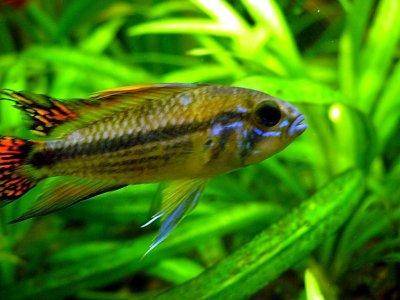








 Thread-finned
Thread-finned  Acara
Acara 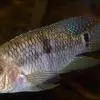 Yellow
Yellow 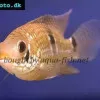 Patrick's
Patrick's  Blue
Blue 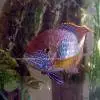 Green
Green  Acara
Acara  White
White  Compressed
Compressed 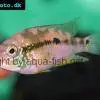 Pastel
Pastel 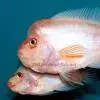 Midas
Midas 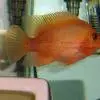 Red
Red 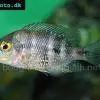 Bluemouth
Bluemouth  False
False  African
African 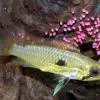 Agassiz's
Agassiz's  Banded
Banded  Yellow
Yellow 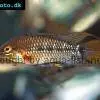 Blue
Blue  Blackstripe
Blackstripe 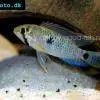 Highfin
Highfin 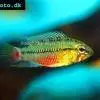 Redstripe
Redstripe  Threadfinned
Threadfinned 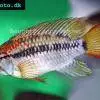 Macmaster’s
Macmaster’s 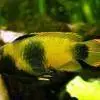 Panda
Panda 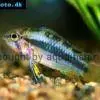 Norbert’s
Norbert’s 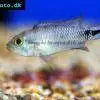 Blue
Blue 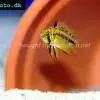 Thin-line
Thin-line 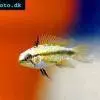 Three-striped
Three-striped  Viejita
Viejita  Flier
Flier 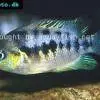 Archocentrus
Archocentrus 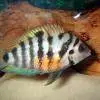 Convict
Convict 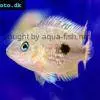 Seven
Seven 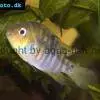 Blue-eye
Blue-eye 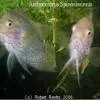 Spiny
Spiny  Oscar
Oscar 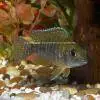 Sunshine
Sunshine 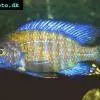 Chitande
Chitande  Firebird
Firebird 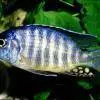 Midnight
Midnight 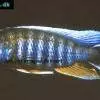 Lake
Lake  Sunshine
Sunshine 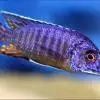 Aulonocara
Aulonocara 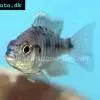 Nyasa
Nyasa  Ruby
Ruby  Grants
Grants 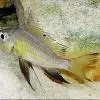 Aulonocranus
Aulonocranus 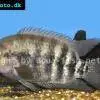 Chameleon
Chameleon 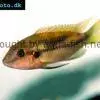 Benitochromis
Benitochromis  Orinoco
Orinoco 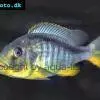 Yellow
Yellow  Brichard’s
Brichard’s 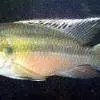 Guenther’s
Guenther’s 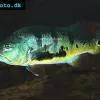 Cichla
Cichla 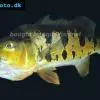 Peacock
Peacock 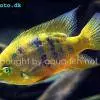 Chiseltooth
Chiseltooth 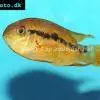 Bolivian
Bolivian 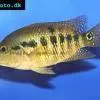 Red
Red 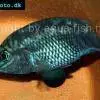 Many-pointed
Many-pointed  Jack
Jack 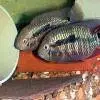 Red
Red  Yellow
Yellow 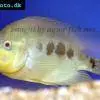 Three
Three 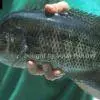 Mayan
Mayan 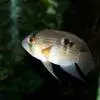 Keyhole
Keyhole  Azureus
Azureus 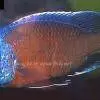 Red
Red 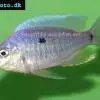 Jackson’s
Jackson’s  Crenicichla
Crenicichla  Honduran
Honduran 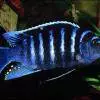 Afra
Afra  Frontosa
Frontosa  Slender
Slender  Malawi
Malawi  Chequerboard
Chequerboard  Checkerboard
Checkerboard 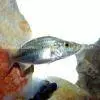 Malawi
Malawi  Ectodus
Ectodus 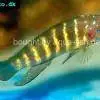 Tanganyika
Tanganyika  Canara
Canara 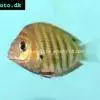 Green
Green 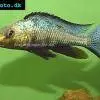 Rostratus
Rostratus 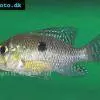 Pearl
Pearl  Geophagus
Geophagus  Yellowhump
Yellowhump 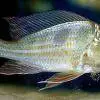 Suriname
Suriname  Redhump
Redhump 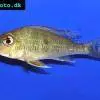 Red
Red  Dority’s
Dority’s 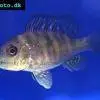 Argentine
Argentine 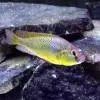 Burton’s
Burton’s  Victoria
Victoria  Haplochromis
Haplochromis 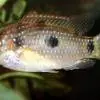 Jewel
Jewel 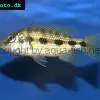 Banded
Banded  Lifalili
Lifalili 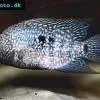 Lowland
Lowland 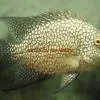 Texas
Texas 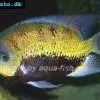 Pantano
Pantano 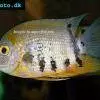 Severum
Severum 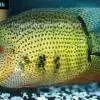 Banded
Banded  Severum
Severum  Rainbow
Rainbow  Parrot
Parrot  Chocolate
Chocolate 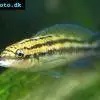 Brown
Brown 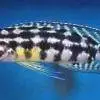 Marlieri
Marlieri  Golden
Golden 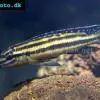 Striped
Striped  Masked
Masked 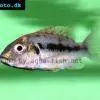 Konye
Konye 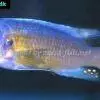 Blue
Blue 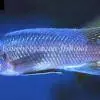 Trewavas
Trewavas  Electric
Electric  Dwarf
Dwarf 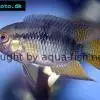 Redbreast
Redbreast  Lamprologus
Lamprologus  Gold
Gold 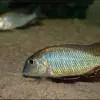 Greenface
Greenface 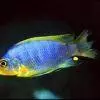 Aurora
Aurora  Blue
Blue  William’s
William’s 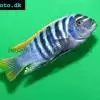 Zebra
Zebra 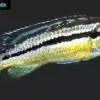 Malawi
Malawi 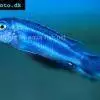 Blue
Blue  Blue
Blue 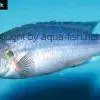 Mbuna
Mbuna 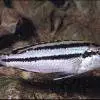 Parallel
Parallel 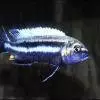 Purple
Purple 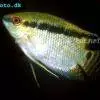 Flag
Flag 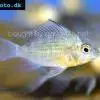 Bolivian
Bolivian 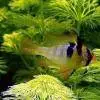 Ram
Ram 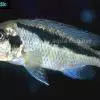 Basket
Basket  Haitian
Haitian 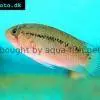 Zebra
Zebra 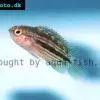 Striped
Striped 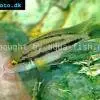 Neolamprologus
Neolamprologus 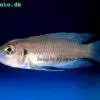 Brevis
Brevis  Fairy
Fairy 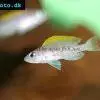 Neolamprologus
Neolamprologus 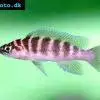 Cylindricus
Cylindricus 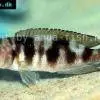 Hecq’s
Hecq’s  Neolamprologus
Neolamprologus  Lemon
Lemon  Mustax
Mustax  Daffodil
Daffodil  Six-bar
Six-bar 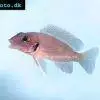 Five-bar
Five-bar  Marbled
Marbled 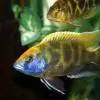 Giraffe
Giraffe 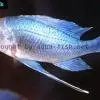 Blue
Blue  Sulphurhead
Sulphurhead 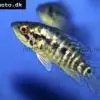 Wolf
Wolf  Jaguar
Jaguar 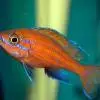 Blue
Blue  Marakeli
Marakeli 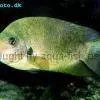 Madagascar
Madagascar  Pinstripe
Pinstripe  Pelmatochromis
Pelmatochromis 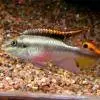 Kribensis
Kribensis  Striped
Striped 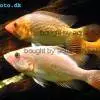 Red
Red 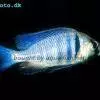 Deepwater
Deepwater 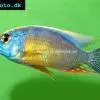 Fenestratus
Fenestratus  Nichols’
Nichols’ 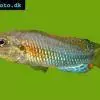 Southern
Southern  Bumble
Bumble 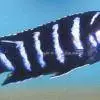 Demason’s
Demason’s  Slender
Slender 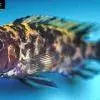 Red
Red  Mbuna
Mbuna 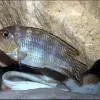 Malawi
Malawi  Kenyi
Kenyi 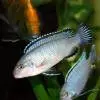 Powder
Powder 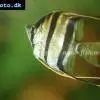 Altum
Altum  Angelfish
Angelfish  Angelfish
Angelfish  East
East  Juba
Juba  Earth
Earth 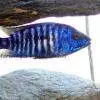 Electric
Electric  Azure
Azure 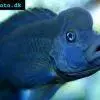 Lionhead
Lionhead  Discus
Discus  Blue
Blue 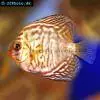 Zebra
Zebra 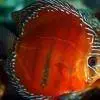 Red
Red 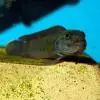 Brichard’s
Brichard’s 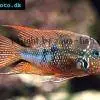 Blue
Blue  Firemouth
Firemouth 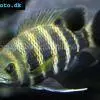 Zebra
Zebra 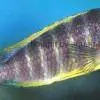 Blue
Blue 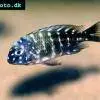 Dwarf
Dwarf 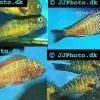 Blunthead
Blunthead 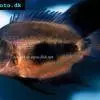 The
The 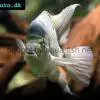 White
White 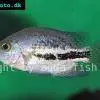 Twoband
Twoband 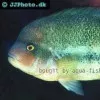 Fenestratus
Fenestratus 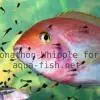 Window
Window  Southern
Southern  Tailbar
Tailbar  Black
Black 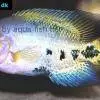 Redhead
Redhead 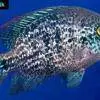 Oaxaca
Oaxaca  Xenotilapia
Xenotilapia